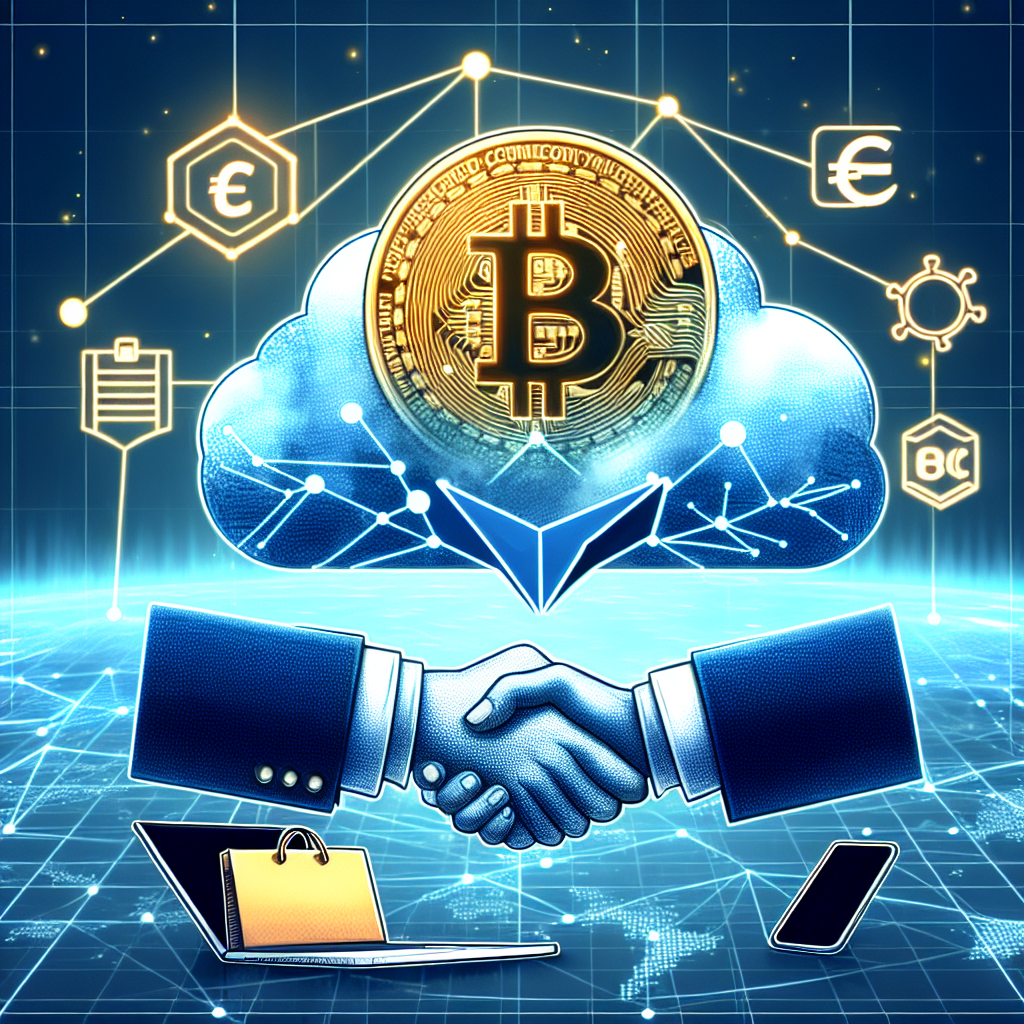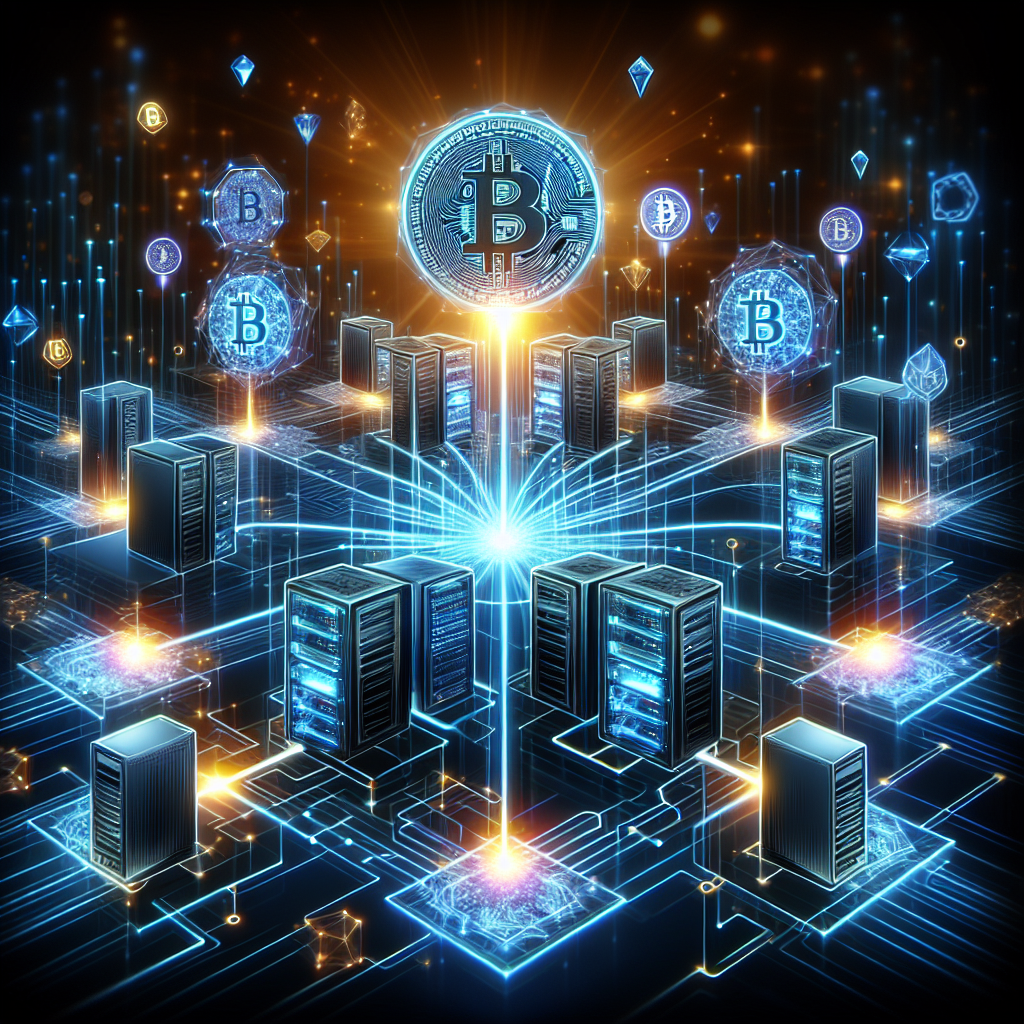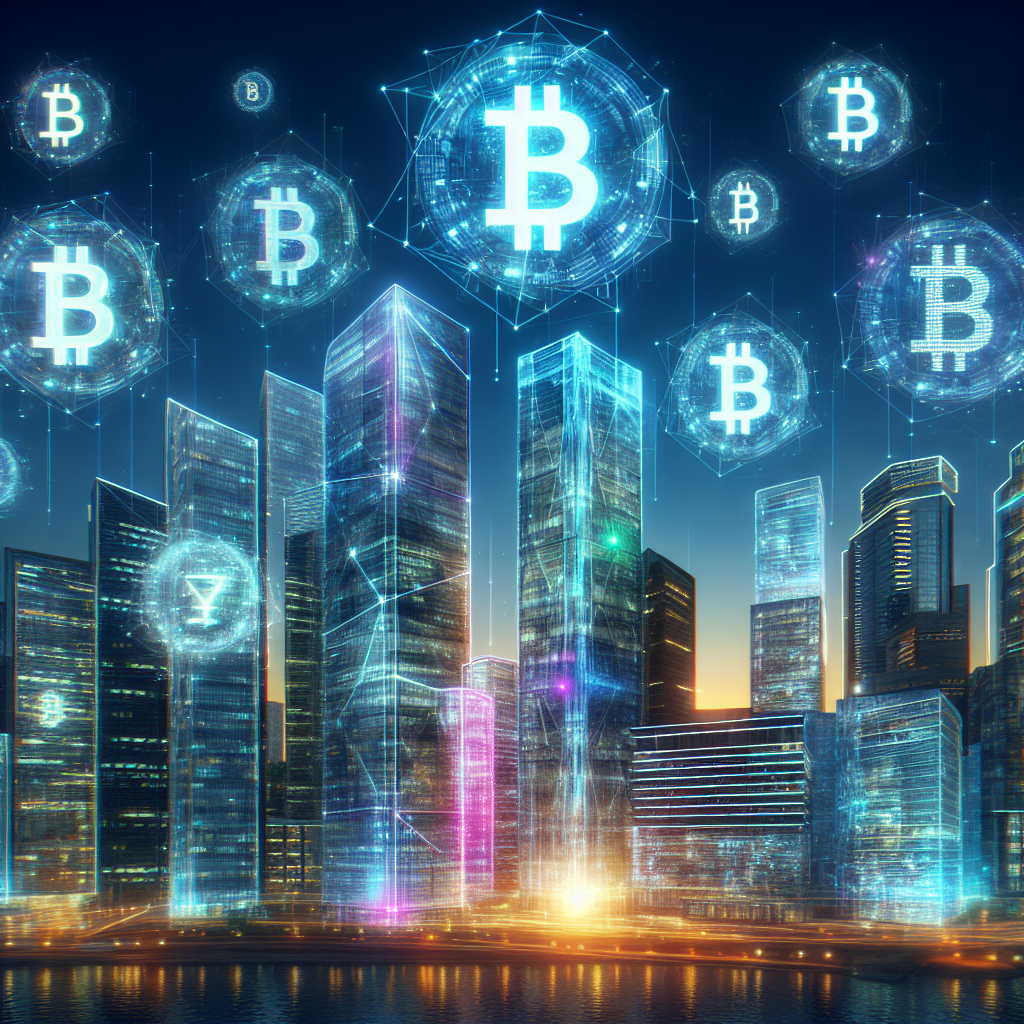Inaccessible addresses receive tokens, which refers to the act of “burning” a cryptocurrency. These specific addresses are known by many names, such as “burner,” “eater,” or “null” addresses. By conducting these burns, tokens are removed from circulation, thus reducing the overall quantity available in the market. This reduction can serve to elevate the market value of a coin or showcases a miner’s dedication to the network, awarding them the opportunity to mine a block.
The keys, once sent to an irrevocable burner address, enable access to tokens that are then lost forever. The tokens become irretrievable, representing a permanent reduction in supply.
Adjusting the availability and valuation of assets by removing them from circulation is not an alien strategy. Central banks, for instance, regulate the total currency in circulation to manipulate purchasing power. Cryptocurrency burning has other practical applications as well.
Verification Through Combustion
A mining system implements a process where token incineration grants the privilege to mine and earn rewards on a blockchain. This resource-efficient method eliminates competitive energy consumption.
Taking tokens out of circulation by cryptocurrency burning can mirror the effects of corporate stock buybacks. It might either boost the prices of cryptocurrencies or yield adverse effects, influenced by user and investor perceptions as well as altered supply-demand dynamics.
Removal of tokens by sending them to inaccessible wallet addresses effectively diminishes the supply or removes them from circulation entirely. This process, akin to burning physical currency, aims to support the currency’s value.
To dispose of unwanted cryptocurrency, the act involves transferring it to a null, burner, or eater address, rendering the coins unattainable.
Purposeful Incineration to Enhance Value
Stock buybacks by publicly traded firms serve the purpose of lifting prices by lessening shares in circulation. Similarly, reducing coin availability through strategic burns aims to elevate token value and make them more exclusive. This approach enables entities to modulate supply, thereby maintaining or boosting their holdings’ worth. Some developers adopt this strategy for precise market management.
When cryptocurrencies are burned, the holder’s wallet generates a burner address to send tokens, creating new private keys for this address. These keys remain inaccessible, rendering the coins similar to physically incinerated money—hence the term “burning.”
The depletion of circulating coins through burning leads to reduced supply, with the aim to boost demand and consequently, value. Although at times part of blockchain internals, it often masquerades as market manipulation presented as beneficial for the coin, the blockchain, and the community.
The perspectives, insights, and interpretations offered here serve solely informative objectives. Please refer to our guidelines for more details. At the time of this article’s composition, the author held BTC and XRP.


